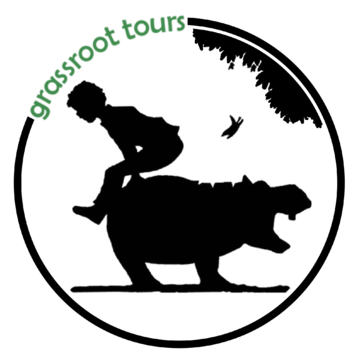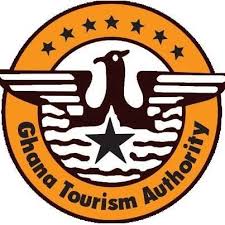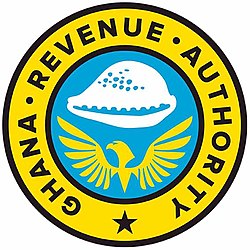Northern Region of Ghana
This is by far the largest Region in all of Ghana’s 10 administrative regions. Consequently, it contains more tourist attraction sites than most of the other regions. Rich in culture and tradition, the Northern region sits conveniently among the loveliest regions in the country. Tourists are treated to a nice time at any of their fascinating attraction sites, some of which are the Mole National Park, Laribanga Mosque, Mognori Eco-village and many more.
Tourist Sites in the Northern Region of Ghana
Mole National Park
Mole National Park is one of the cheapest safaris in Africa. A drive in the park will show you the wealth of animals that the park has. The park boasts of having nothing less than 94 different mammals, some of which are the elephants, antelopes, baboons, buffaloes, warthogs and many more. The sky of Mole National Park is also filled with the shapes of beautiful birds. As a matter of fact, there are more than 300 different bird species in the park alone.

Laribanga Mosque
Built in the 13th century, Laribanga Mosque is the first mosque to be built in all of West Africa. The mosque still stands till today. It is considered as a holy place for the Muslims in the area.
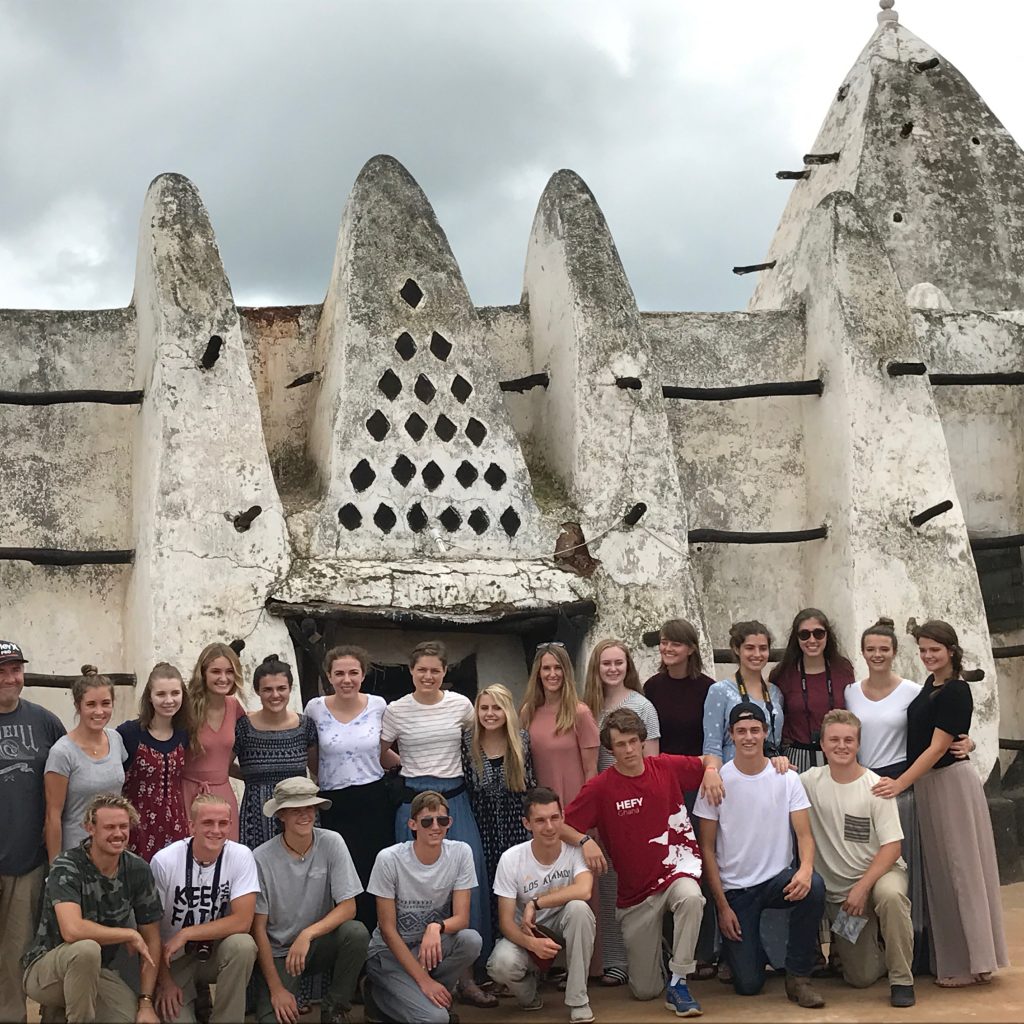
Mognori Eco-Village
Not far from Mole National Park is the Mognori Eco-village, a village popular for its vibrant culture and tradition. You can go on interesting canoe safaris in this village where you’ll get to see animals like crocodiles, monkeys and birds. You can also tour round the village where you’ll learn about the history and traditional medicines of the people. You will also be entertained with dances, some and drumming in this village.

Nalerigu Slave Defence Wall
This wall was built in the 16th century to keep out the slave traders from capturing the people of this community and trading them as slaves to the European countries. Although most of the wall is now in ruins, it is still recognizable for what it was.
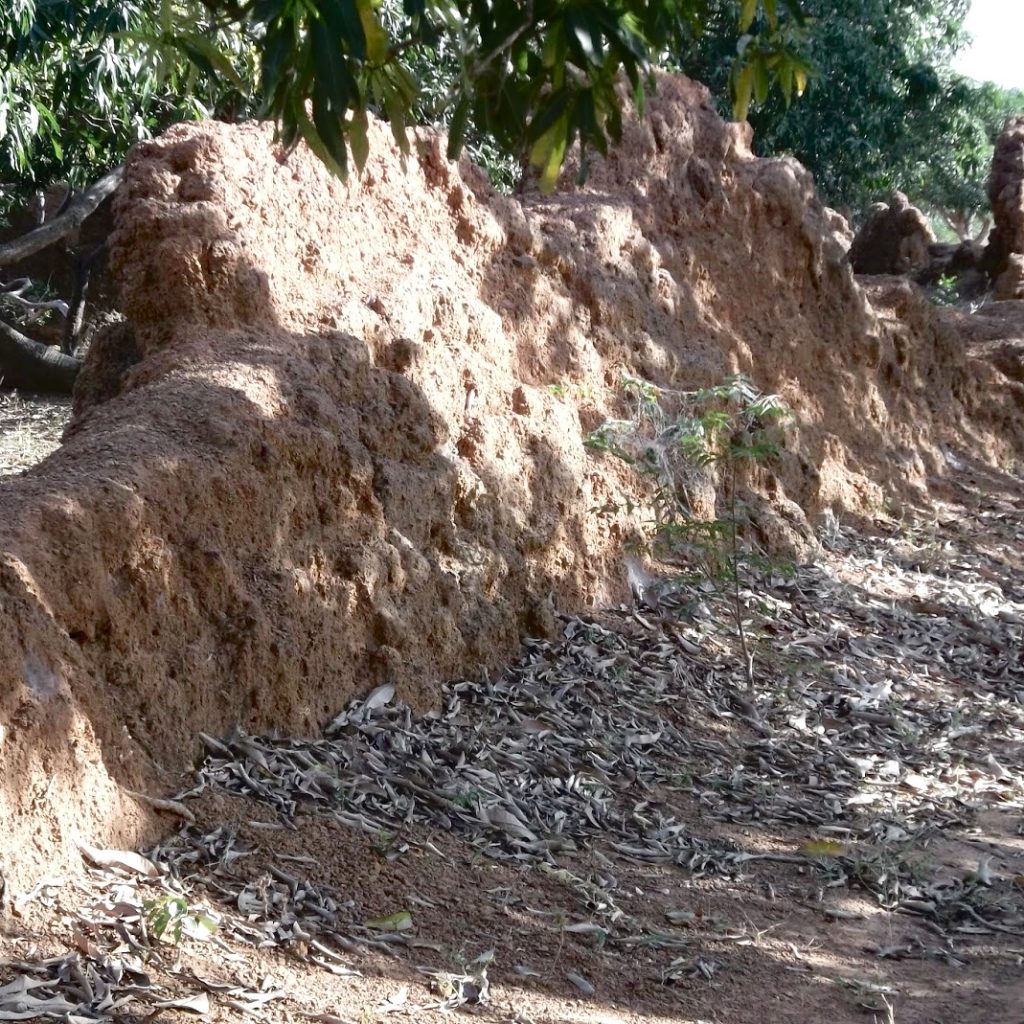
Salaga Slave Market
This commercial center linked Western Sudan and the African inland. Because of its strategic location, it served as one of the most popular slave markets in all of West Africa.

Zayaa Mud Mosque at Wulugu
Needless to say, this mosque was built with mud but the fascinating thing about it is that it has its own unique kind of storey designs that made it a strategic location for military purposes.
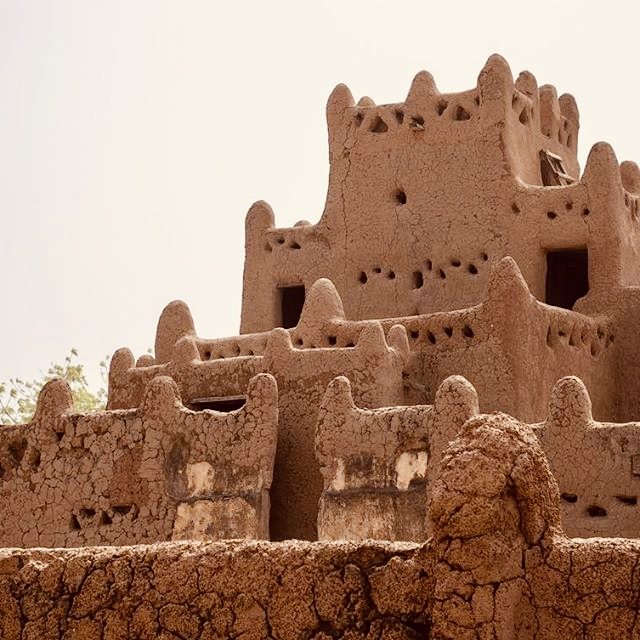
Tamale Central Market
Tamale is the fourth largest city in Ghana and is by far the fastest growing. It has a population of 400,000 people with the majority of them being Muslims. Much of the buying and selling that goes on in the city is done in the central market which makes the market a popular one in the city and Ghana as a whole.
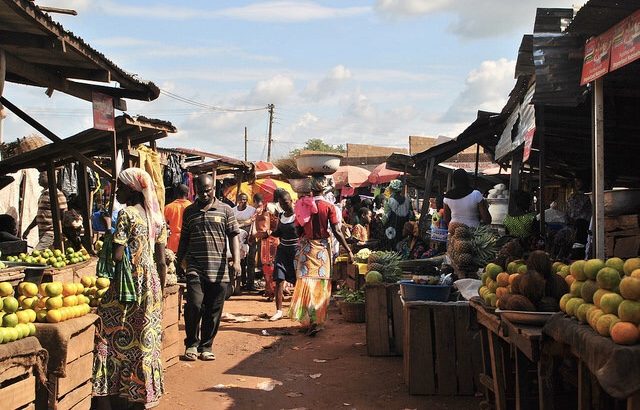

Key attractions include Mole National Park, Larabanga Mosque, Mognori Eco-Village, Nalerigu Slave Defence Wall, Salaga Slave Market, Zayaa Mud Mosque, and Tamale Central Market.
Mole National Park is the largest wildlife refuge in Ghana, offering one of the cheapest safaris in Africa. It is home to over 94 mammal species including elephants, antelopes, baboons, and buffaloes, as well as over 300 bird species. The park provides opportunities for walking safaris and jeep drives.
Built in the 13th century, Larabanga Mosque is the oldest mosque in Ghana and West Africa. It is renowned for its Sudano-Sahelian architectural style and is considered a holy site for Muslims in the region.
Visitors to the Mognori Eco-Village can enjoy canoe safaris, witness vibrant local culture through traditional dances and drumming, and learn about the village’s history and traditional medicines. The eco-village promotes sustainable tourism and benefits local conservation efforts.
The Nalerigu Slave Defence Wall was built in the 16th century by the Mamprusi chief Naa Jaringa to protect the community from slave traders. Although much of the wall is in ruins, it remains a significant historical landmark.
The Salaga Slave Market was a major commercial center during the trans-Atlantic slave trade, known for trading goods like kola, beads, gold, and textiles. It was one of the largest slave markets in West Africa.
The Zayaa Mud Mosque, built with mud, features unique storied designs that served strategic military purposes. It is an architectural marvel and a significant cultural site in the Northern Region.
The Tamale Central Market is a bustling commercial hub in Tamale, the fourth largest city in Ghana. It is a key place for buying and selling various goods and provides a vibrant shopping experience.
The Gambaga Escarpment, located in Nakpanduri, offers stunning cliff views and is composed of horizontal layers of sandstone rising over 300 meters. It is a favorite destination for tourists due to its epic sceneries.
Other notable sites include the Wechiau Hippo Sanctuary, which offers a unique wildlife experience with hippos, crocodiles, and vibrant bird species, and the Daboya Township, known for salt mining and traditional textiles.
